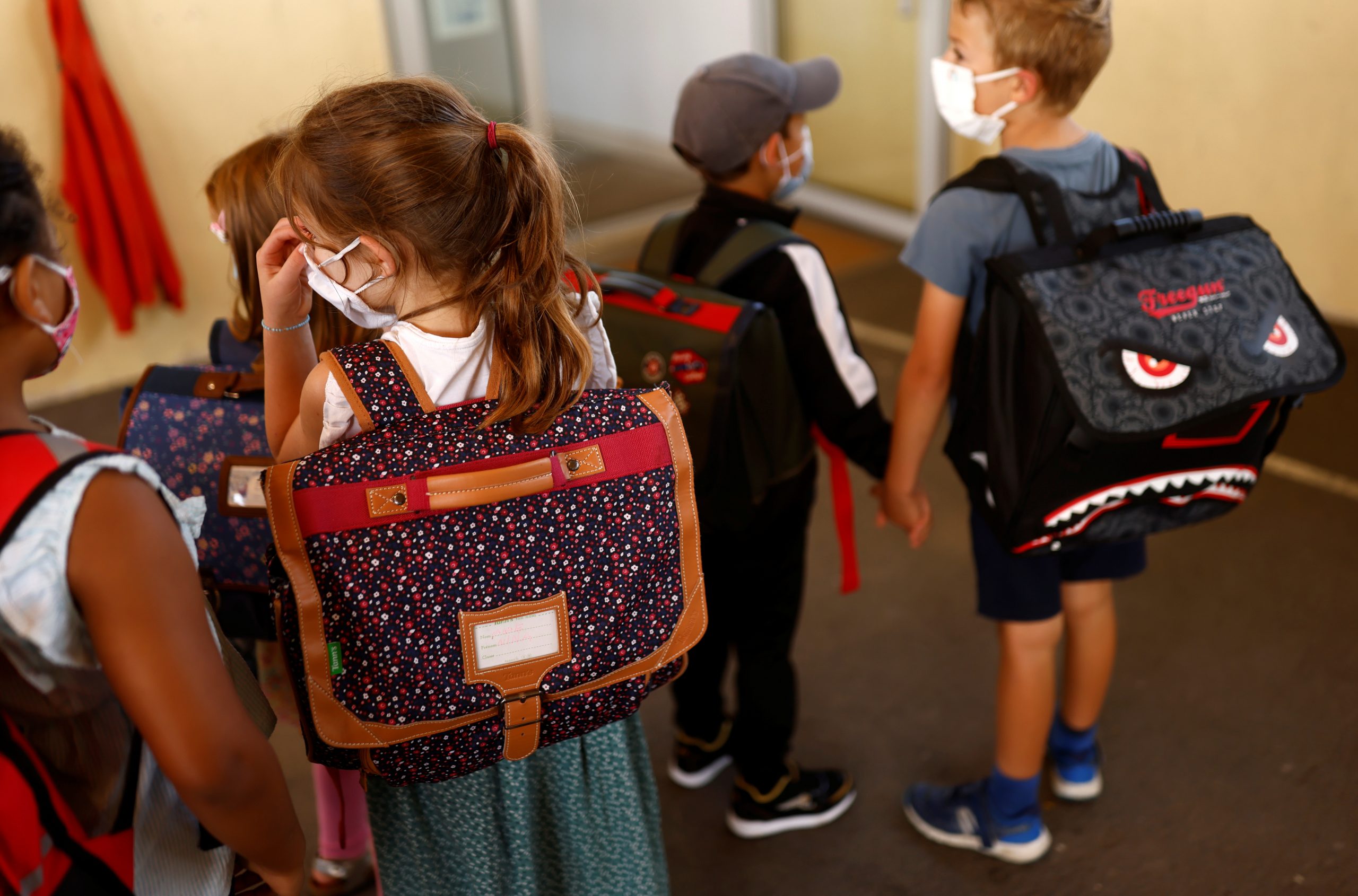
Megan Udinski, FISM News
[elfsight_social_share_buttons id=”1”]
The United Kingdom has announced that children are no longer required to wear masks when they return to school this fall.
A statement put out by the Department for Education (DFE) on August 27, details their updated recommendations for school, in which they make it clear that no student should be forced to wear masks and that a student’s educational opportunities should not be affected by whether or not a mask is worn:
No pupil or student should be denied education on the grounds of whether they are, or are not, wearing a face covering.
The guidance further explains, “The government continues to manage the risk of serious illness from the spread of the virus” but also states, “Our priority is for you to deliver face-to-face, high-quality education to all pupils. The evidence is clear that being out of education causes significant harm to educational attainment, life chances, mental and physical health.”
This conclusion was made with assistance from the Department of Health and Social Care (DHSC) and Public Health England (PHE).
Coming off of the conflict that surrounded U.K.’s “Freedom Day” on July 19 where British Prime Minister Boris Johnson loosened the mandates regarding masks in public places, it is no surprise that this decision would be met with similar tension.
General Secretary of the National Education Union, Dr. Mary Bousted, blasted the new U.K. school guidance claiming, “At a time when infection levels are 26 times what they were this time last year, it makes no sense to go back into school with so few safety measures.” She predicts that “thousands of pupils and hundreds of teachers” will have to isolate because of the lack of a mandate.
However others have asserted that the risks of students wearing masks outweigh any rewards. In the Ocean City Register, Dr. Neeraj Sood and Dr. Jay Bhattacharya argued that psychological and educational risks of masking children is “potentially enormous” for a disease that is “less a threat to children than accidents or the common flu.”
It is par for the course that there is disagreement surrounding masking and children because even scientific organizations hold differing opinions. The Center for Disease Control (CDC) and the World Health Organization (WHO) have conflicting conclusions on the benefits versus harm of wearing masks and children. The CDC recommends “universal indoor masking by all students (age 2 and older)”. While WHO advises children 5 years old and under should not be required to wear a mask and lists many factors that should be considered when thinking about masking children 6-11 years old.
To some the decision by the DFE gives the impression that there is little care for the children being exposed to the virus but to others it shows extreme care as there have been numerous studies that show how mandated masking has impaired language, social, and emotional development in children.
It is important to note that the DFE is not removing all safety precautions, as the document states, “As pupils will potentially mix with lots of other people during the summer holidays, all secondary school pupils should receive 2 on-site lateral flow device tests, 3 to 5 days apart, on their return in the autumn term.” It continues to explain that this twice-weekly testing system should continue throughout September until the situation can be further reviewed.
With no clear end in sight for a return to “normal” and an end to the COVID-19 pandemic, hard decisions such as this one will continue to be made and criticized. Ultimately, only time will tell which decision was most beneficial (or harmful) to students.
